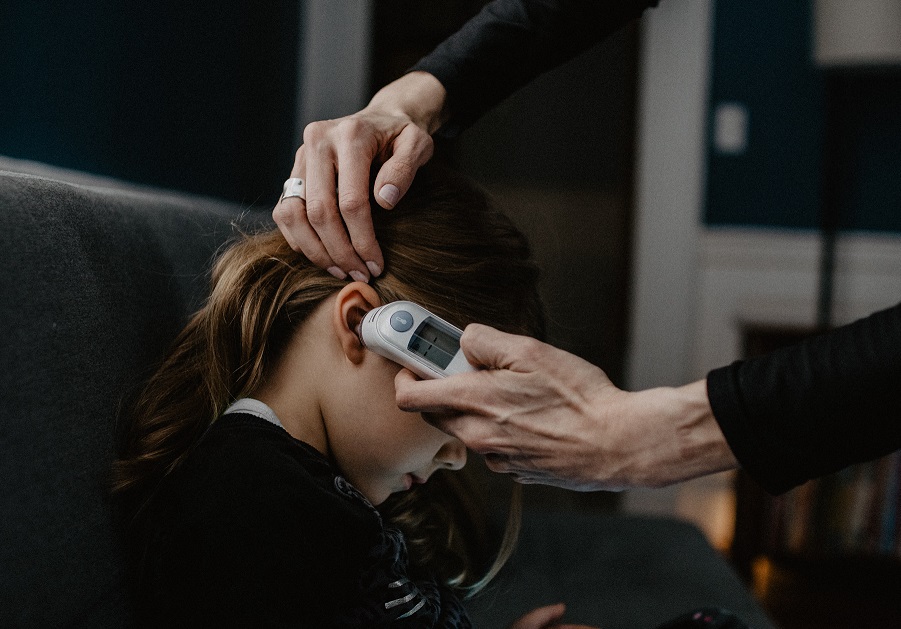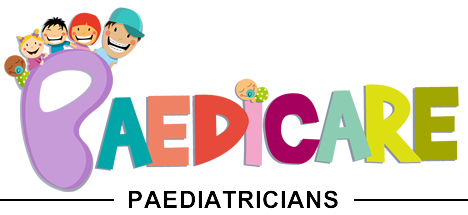
27 March 2020
Although information is changing rapidly, to date this is what we know about children and Coronavirus.
What is COVID-19?
- COVID-19 is an acronym for COronaVIrus Disease 2019.
- It’s an infectious disease caused by a new virus. The disease causes respiratory illness (like the flu).
- It’s thought to most likely have originated in bats.
- It was initially identified in December 2019 in China, before spreading around the world.
What are the symptoms of COVID-19?
- Most people infected with the COVID-19 virus will experience mild to moderate respiratory illness and recover without requiring special treatment.
- Symptoms are similar to other respiratory viral infections (fever and cough).
- Infected children may also present with gastrointestinal symptoms (e.g. nausea or vomiting). Sore throat and runny nose are not uncommon features in children (as opposed to adults).
- It is thought that some children may also be completely asymptomatic.
How is COVID-19 spread?
The COVID-19 virus spreads primarily through droplets of saliva or discharge from the nose when an infected person coughs or sneezes.
Children find it hard to practise good hygiene, however it’s important to encourage the following where you can:
- Respiratory etiquette (e.g. coughing into a flexed elbow).
- Wash hands before/after eating, and before leaving the house/arriving home. Washing hands with soap and water or an alcohol-based hand sanitiser for 15-20 seconds (or about the time it takes to sing ‘Happy Birthday’ twice) is the best way to stop the spread of germs on little hands.
The COVID-19 virus can also be spread by contact with contaminated surfaces. Studies have shown that Coronavirus can survive for up to three hours in aerosols , four hours on copper, up to 24 hours on cardboard, and up to two-three days on plastic and stainless steel. It is advisable to clean and disinfect frequently touched surfaces and objects using regular household cleaning spray or wipe.
What does COVID-19 mean for my child?
Current epidemiological data from China and Italy have confirmed that COVID-19 is much less severe in children than adults. The rate of infection in children under 14 years of age is much lower than in older age groups. The exact reason why there are so few children with confirmed COVID-19 is unknown.
As of 27 March 2020, only 2-3 children have tested positive to the COVID-19 infection in Queensland. These children have either had mild symptoms or required extra oxygen in hospital.
Most children and adolescents with COVID-19 in China had mild or no symptoms and recovered within one to two weeks.
What should I do if I suspect my child has COVID-19?
If your child:
- develops a fever or cough,
- and has travelled overseas (or lives with someone who has travelled overseas) within the previous 14 days,
- or has been in contact with a person with confirmed coronavirus
please contact 13HEALTH, your local doctor or emergency department. It’s important to phone ahead so that the practice or local emergency department can make appropriate preparations and protect other patients.
Is there any treatment for COVID-19?
There is no proven treatment for COVID-19; however there are many clinical trials underway worldwide for many different therapies.
Can I give my child ibuprofen if they become unwell?
Some lab experiments are showing that ibuprofen may boost the amount of ACE2 receptors that the virus uses to infect cells and could make the virus spread faster, however as of 20th March 2020 experts say there’s no clear evidence that ibuprofen makes COVID-19 worse.
If my child contracts COVID-19 can they get it again?
The assumption is that for those that contract the virus it’s unlikely they will get it again; however data is still being collected.
Putting risk of COVID-19 and transmission by children in context
There’s been a lot of controversy about whether asymptomatic children are able to pass COVID-19 to others. For those who like facts and figures Children’s Health Queensland Hospital and Health Service have released a position statement from their Infection Management Service dated 24/3/2020. The following information is extracted from that.
Children are consistently reported to make up a small proportion of diagnosed cases, with only 2.4% of reported cases in China [1] and 1.2% in Italy [2]. Their disease is also mild, with no reported deaths in Italy as of March 17th [2] and few (2) in China [4] [6]. Immunocompromised children do not appear to be at increased risk of complications [5] and there are also few reports of problems in children with chronic respiratory disease or other co-morbidities. Data from China is comprehensive and detailed.
What proportion of all contacts become infected?
- Between 1% and 5% of overall contacts were subsequently laboratory confirmed cases of COVID-19, depending on location [1].
What proportion of households become infected?
- Preliminary household transmission studies ongoing in Guangdong estimate the secondary attack rate in households ranges from 3-10% [1] and 12.3% (171/1391) in child contacts [4].
What are the most frequent transmission groups?
- In China, human-to-human transmission of the COVID-19 virus is largely within families. Among 344 clusters involving 1,308 cases most clusters (78%-85%) were in families.
- Infected children have largely been identified through contact tracing in households of adults. Of note, people interviewed by the WHO Joint Mission Team could not recall episodes in which transmission occurred from a child to an adult [1]. This will occur within case reports in time but appears to be infrequent.
How do we know that undetected community infections were not significant?
- Community ILI surveillance (non contacts) in China detected no children positive in Wuhan, Guangdong, or Beijing and 5 adults, despite more than 17000 ILI/SARI samples being tested.
- In children the attack rate at the epicentre was very low. Only 2% (8/366) children admitted with significant respiratory disease to hospital in Wuhan were infected.
How common are asymptomatic infections?
- 16% of children with COVID-19 in China [4] were reported to be asymptomatic and in Italy 6.7% overall. [2]
- Of symptomatic and asymptomatic contacts (adult and children) who were COVID-19 positive in Lomardy, Italy, 4.7% (17/380) were asymptomatic [7].
- 2% (27/1391) of high risk children tested (i.e. contacts) had asymptomatic infection [4].
- So far no reports identified of transmission from an asymptomatic child.
Summary
Anecdotal child and school data so far in Australia shows no evidence of child to adult (or other child) transmission. Transmission from asymptomatic children is not yet described.
Based on current data from around the world children form a small proportion of diagnosed COVID-19 cases and their disease is generally mild.
While it is prudent not to dispute or dismiss the concerns around acquiring infections from confirmed child COVID-19 cases, the evidence for hierarchy of transmission remains with symptomatic adults and households. There are a limited number asymptomatic contacts detected in both China and Italy.
There is no actual evidence that asymptomatic transmission by children plays a significant role. However, if asymptomatic transmission were to occur, the route would be unlikely to droplet but primarily contact reinforcing the requirement for rigorous, exemplary attendance to hand hygiene.
Dr Julie Beak has also written
this article for those wanting specific information relating to
Newborns, Babies and Coronavirus.
If you have any questions or concerns please don’t hesitate to contact us.
References
1. https://www.who.int/docs/default-source/coronaviruse/who-china-joint-mission-on-covid-19-final-report.pdf
2. https://jamanetwork.com/journals/jama/fullarticle/2763401
3. https://www.eurosurveillance.org/content/10.2807/1560-7917.ES.2020.25.11.2000285
4. Lu et al. SARS-CoV-2 Infection in Children. NEJM. Mar 18 2020
5. D’Antiga L. Coronaviruses and immunosuppressed patients. The facts during the third epidemic. doi: 10.1002/LT.25756 6. Dong Y et al. Epidemiological Characteristics of 2143 Pediatric Patients With 2019 Coronavirus Disease in China. Peds. 2020. DOI: 10.1542/peds.2020-0702
7. Cereda D et al. The early phase of COVID-19 outbreak in Lombardy, Italy.
